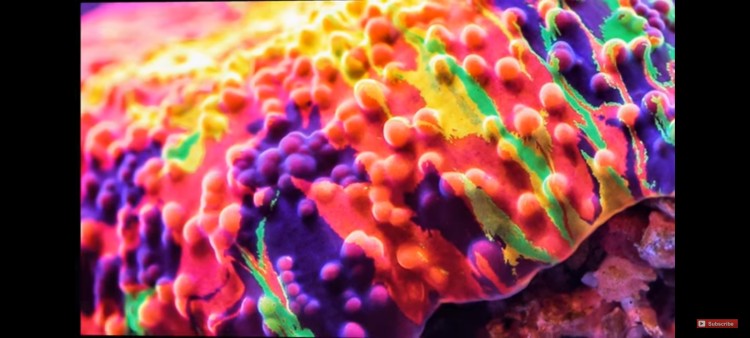Are soft coral good for beginners?
- Jul 29, 2022
- Anshika Mishra
- 321 0 0

With a few exceptions, there are a lot of choices that make an excellent choice for beginners just getting their feets wet in the reefing hobby. So, let's look at some of the reasons soft corals are a perfect choice for beginners.
Huge Variety
There is a load of soft corals readily available in the hobby, and they come in all shapes, colors, sizes, and growth forms, from carpeting Zoas to branching Finger Leathers.
Soft corals also add a lot of movement to the reef and sway back and forth with minimal flow. You can create a beautiful and captivating reef tank using nothing but soft corals, meaning you can keep your reef tank low-maintenance, which is the second benefit of soft corals.
Need Lesser Care
Because calcium carbonates don't have calcium carbonate skeletons like LPS and SPS corals, they don't consume calcium and carbonate at nearly the same rate, and that can often mean that you won't need to dose calcium or alkalinity supplements nearly as often or sometimes at all for many soft corals tasks, doing small 25% water changes.
Doing 5% water change periodically is all it takes to keep significant and minor trace elements in water within ranges that soft corals require.
You should still test your water often to ensure calcium, alkalinity, pH, and phosphate are in order. But it isn't critical to do it multiple times as weak as it can be with coral with calcium carbonate skeletons.
Hardy Corals
Soft corals are typically very hardy and much more resistant to changes or swings in water chemistry. This is particularly important for beginners because new reefers tend to make mistakes. As a result, there is a fair learning curve to keeping a reef aquarium, and water chemistry mishaps are bound to be along the way.
While some corals like Acropora and other SPS are pretty sensitive to changes in water chemistry and can have really bad reactions very quickly to those changes, soft corals tend to be much more forgiving, and even if they do close up and retract when mistakes are made, they can quickly bounce back when the error is corrected. At the same time, SPs or LPS corals might already be too far gone.
Less Expensive
Most soft corals can thrive under less expensive and lower output light fixtures. In addition, they don't typically require nearly as much flow, meaning you can go by with fewer and less expensive wave pumps.
Soft corals are good at uptaking excess nutrients when they are thriving. So, you may not need a protein skimmer or other equipment typically used on reef tanks.
That means you can get started on the hobby with a much smaller upfront cost than those high-tech coral systems. So, you can buy small frags, which are much cheap, and they grow into larger colonies and fill the tank much quicker, meaning you won't necessarily need to wait a year for your reef tank to look like a complete, lush coral reef.
Caution: Soft Corals
However, even Soft corals are not without exceptions. True Paythoas, typically large True Palythoas, are large and growing polyps that grow together in a mat similar to other Zoas. They have a nasty toxin that makes be inedible to most predators.
The problem is that they are also quite dangerous for humans, and if it gets into a cut on your hands or worse, if you were to try to scrap it off a rock, the toxins can be a painful and hazardous experience. There have been several news articles where a briefer who didn't realize the danger of the Paly toxins was hospitalized for mishandling them.
Another group of soft corals that beginners or carnation corals should avoid and other non-photosynthetic corals must be off the beginner's list. Unlike the majority of softies we see in the reefing hobby, these corals are non-photosynthetic, meaning they don't get their energy from light and require specialized care with heavy feedings of specific types of foods to thrive.
In Conclusion
Knowing what corals are best to start with and what to avoid is going to make a world of difference when starting your first reef tank, along with exactly when you should begin to introduce corals and how to introduce them safely.







About author